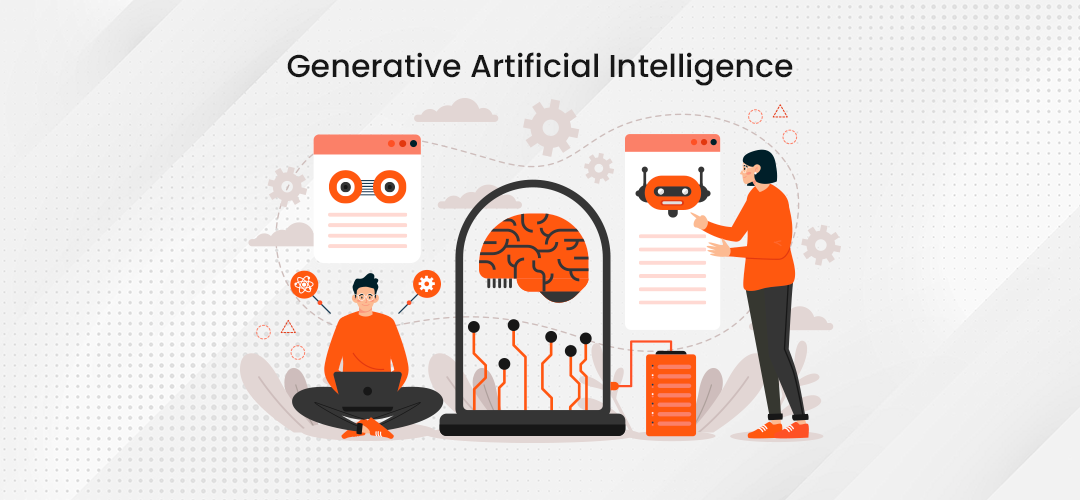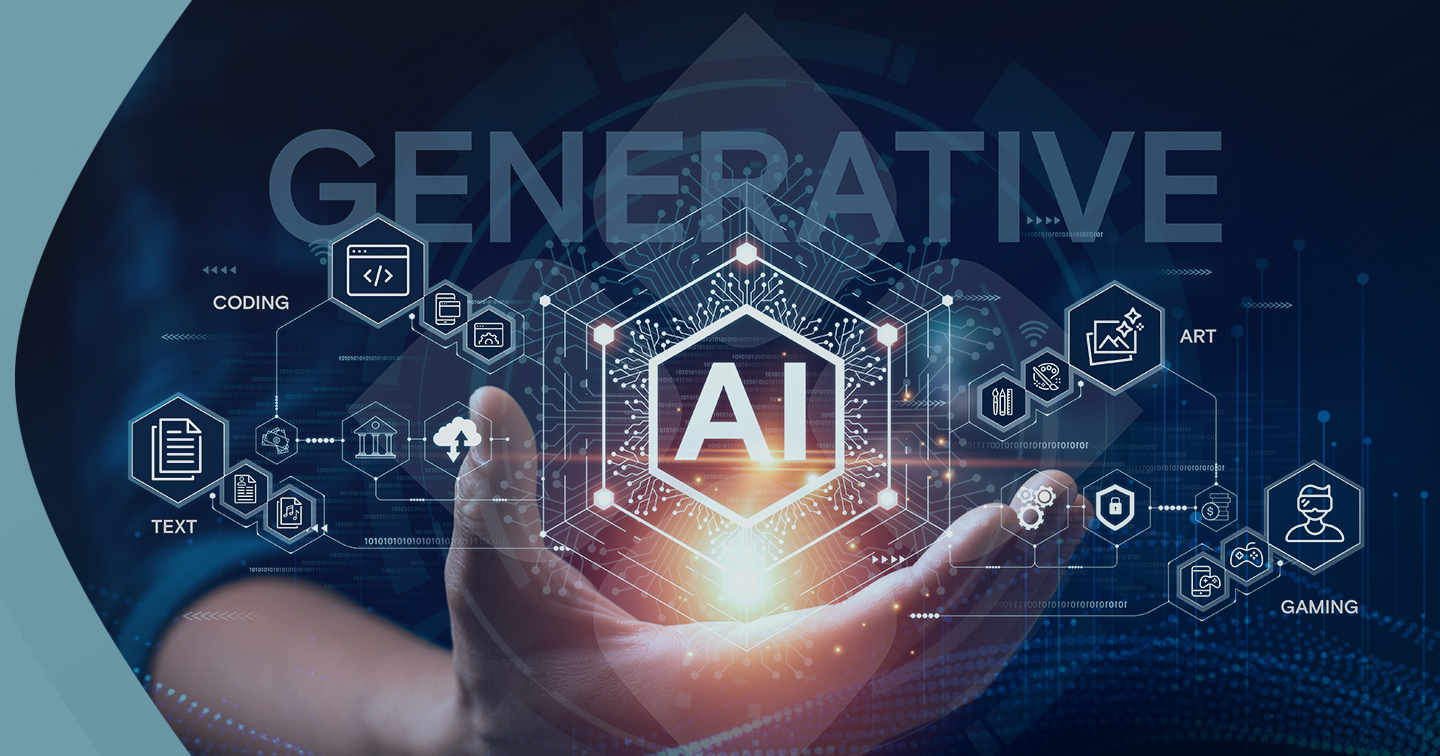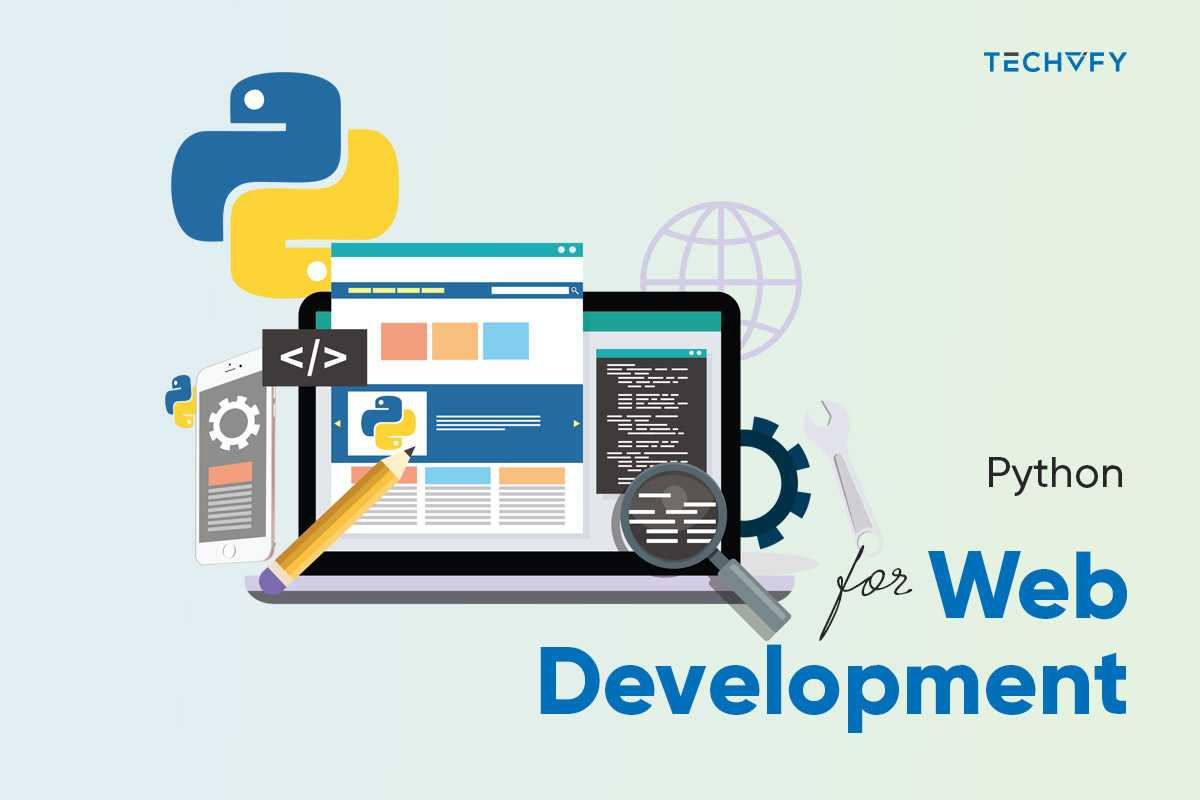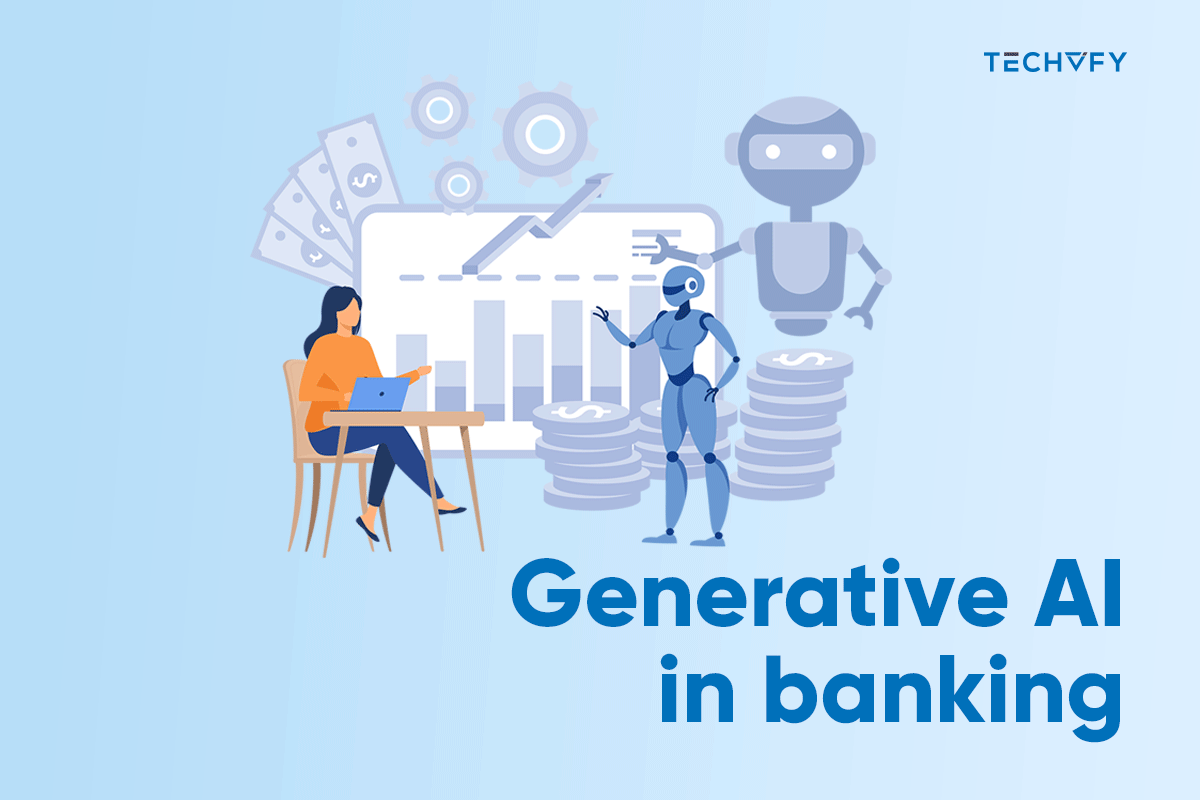Generative AI Examples: Types and Applications in Various Industries
- Potter Le
- July 25, 2023
- Knowledge, Artificial Intelligence
- 0 Comments
Advanced generative AI systems like ChatGPT can completely transform different industries as their features exceed past capabilities. Unlike before, machines can now display activity that closely resembles human behavior. These cutting-edge generative AI models interact with users in intricate discussions and produce content that seems amazingly original. In this blog post, we will talk about the numerous types of generative AI examples, their particular uses, and the tools that have resulted from these developments.
I. Types of Generative AI
“What are the different types of generative AI?” This section discovers its various categories and their substantial contributions to content production. Following that, businesses can explore the enormous potential and transformative shift in reshaping the digital content creation sector.

01. Text Content Creation
AI-driven text production refers to the ability of AI models to generate written content that is coherent and contextually relevant. These models employ Natural Language Processing (NLP) techniques to understand and mimic human-like language patterns, enabling them to create text that resembles human-generated content.
The first notable application is the ability to analyze massive amounts of data and quickly generate articles, product descriptions, and social media postings. This function streamlines organizations’ content production processes and enables them to publish high-quality content on a large scale. The creation of chatbots is further practical use. These chatbots may interact with consumers, offering prompt assistance and responses. They can also link to customer service systems, speeding up response times and improving the user experience overall. Additionally, this technology can be useful in language translation to overcome language barriers and enhance cross-cultural communication.
Several generative AI examples, such as ChatGPT, Copy.ai, and Perplexity AI, can generate text content.
02. Image Generation
This category uses advanced algorithms, specifically Generative Adversarial Networks (GANs), to create realistic and visually appealing images. The procedure begins with learning from a sizable collection of existing photos before making new images with similar traits, textures, and patterns.
In domains like art, design, marketing, and virtual reality, generative AI aids in generating original artwork and eye-catching advertising images for campaigns and building immersive virtual worlds.
Notable generative AI examples for image generation include DeepArt.io and StyleGAN.
03. Video Generation
Deep learning and computer vision algorithms operate to make new videos similar to human creativity as part of creating compelling video content using AI approaches.
The capacity of AI models to produce realistic scenery, lively characters, and visually appealing photos aids in creating automated video, accelerating post-production, and improving the overall quality of videos. Therefore, this technique may be useful for the virtual, augmented, and film industries.
RunwayML and Nvidia’s AI Video Creator are two examples of generative AI in video creation.
04. Sound Content Creation
Generative AI works to create new and unique sound material by analyzing the patterns and traits of current audio data.
First, this type can work in music creation to help composers create creative melodies, harmonies, and rhythms. It also allows creating customized playlists depending on personal preferences, improving the entire music-listening experience. Plus, this function enables producing and improving sound effects for use in various media applications, such as movies, video games, and ads.
Jukedeck is an example of a tool in sound content creation. Choosing their preferred genre, mood, and speed enables users to create original musical compositions for their projects. Another program, Amper Music, can create original, non-royalty-free music tracks that fit certain requirements, such as video production or advertising.
05. Coding Creation
One of the most useful types of generative AI is coding creation, which involves automating code generation, helping engineers write code snippets, debugging, and making suggestions for software development. Different types of generative AI models examine the logic and patterns in the existing code to generate new code or provide recommendations for increasing code efficiency.
There are several uses for generative AI in code writing in the software industry. It can automate the generation of code snippets for repetitive tasks, saving developers time and effort. By examining code and offering insights into potential mistakes or vulnerabilities, AI models can also help with debugging. With the help of this advancement, developers can write cleaner, more effective code while also enhancing their productivity.
GitHub Copilot is a tool that uses generative AI in the development of code.
More Generative AI articles at TECHVIFY:
II. Use Cases for Generative AI by Industry
Today’s market has seen substantial growth in the use of creative AI across many different sectors. It has become an important tool for many use cases due to its adaptability and transforming characteristics.

| Retail | The online shop improves and becomes better for each customer’s preferences via personalized product recommendations, virtual try-on opportunities, and a virtual storefront. |
| Logistics and Transportation | With generative AI, cost reductions and increased operational efficiency happen through efficient route planning, improved fleet management, and streamlined supply chain operations. |
| Finance | This development is crucial in fraud detection, risk assessment, and algorithmic trading by analyzing large datasets and finding patterns and anomalies. This innovation improves security measures and allows for more precise decision-making. |
| Marketing | AI-generated content helps marketers create personalized campaigns, design compelling visuals, and generate engaging copy. |
| Entertainment | The ability to create virtual people, produce realistic surroundings, and improve game storytelling all become possible through synthetic intelligence, which propels improvements in the entertainment sector. |
| Fashion | AI-generated designs inspire new trends, generate unique fashion pieces, and streamline the design process. |
| Healthcare | Personalized treatment suggestions, drug discovery, and medical picture analysis are achievable by generative AI. These programs improve patient care outcomes, simplify the creation of novel drugs, and increase diagnostic accuracy. |
| Education | AI-generated content facilitates personalized learning, generates interactive tutorials, and enhances virtual simulations. |
Conclusion
AI-driven content production has revolutionized content creation and transformed various industries by enabling machines to exhibit human-like creativity. With advancements in text, image, video, sound, and coding generation, AI-powered tools have emerged, providing users with innovative and efficient solutions. As types of generative AI continue to evolve, we can expect further breakthroughs and an exciting future where machines become even more creative collaborators, fueling the advancement of industries worldwide.
Please feel free to contact us for a free consultation: AI & ML Software Development Services





